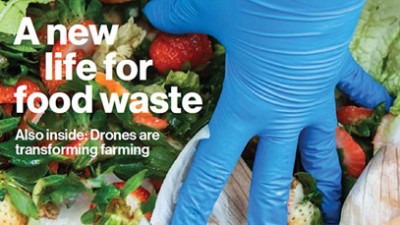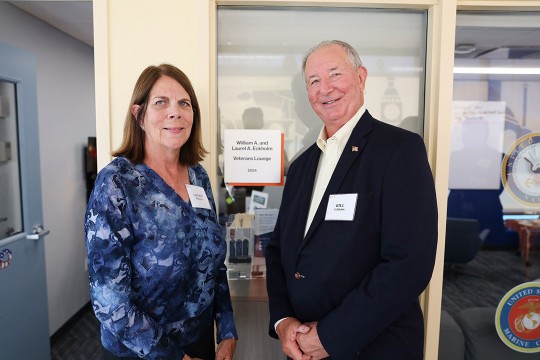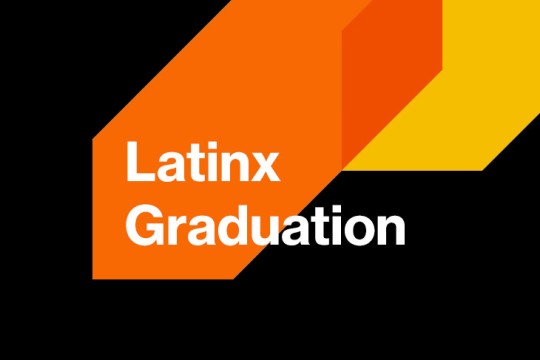Study Looks at Ways to Mitigate Air Pollution from Freight Transportation along I-95
RIT and UD team up for joint project
NOTE: The following press release corresponds to the talk “Minimizing Energy and Environmental Impacts of Intermodal Freight Transport: Development and Application of a Geospatial Routing Tool ” that will be held 1:30-3:15 p.m., Monday, Jan. 14, 2008, at the Hilton. Authors are James J. Winebrake, Rochester Institute of Technology, James J. Corbett, University of Delaware, Aaron Falzarano, RIT, Scott Hawker, RIT, Karl Korfmacher, RIT, Steve Zilora, RIT, Sai Ketha, RIT.
(08-1964 http://www.trb.org/am/ip/paper_detail.asp?paperid=21541 )
The congested I-95 corridor from Maine to Florida will be the focus of a study analyzing the economic and environmental tradeoffs of different modes of freight transportation.
Moving freight domestically via barge, rail, trucks or combinations of all three is expected to increase dramatically in volume by 2020, according to the Federal Highway Administration, which predicts a 65 percent jump from 1998 volumes on roadways alone.
The anticipated hike in greenhouse gas emissions concerns policy analysts like James Winebrake, chair of science, technology and public policy at Rochester Institute of Technology, who with James Corbett, assistant professor of marine policy at the University of Delaware, are analyzing shipping alternatives for the U.S. Department of Transportation.
The researchers will develop a computer-based model for decision makers to evaluate the energy, environmental and economic impacts that exist with different modes of freight transportation. For the first time, air pollution and energy consumption will be included as variables in determining freight logistics. With this tool, analysts can examine the energy and environmental impacts of transporting goods via different modes and identify routes that reduce greenhouse gases and other pollution emissions. In this way, tradeoffs among shipping cost, time and environmental impacts can be explored.
“We are building a network model to study optimal routes under different objectives,” Winebrake says. “The model will identify the optimal routes and will allow decision makers to evaluate tradeoffs associated with shipping decisions. This could later inform policy makers who wish to address environmental problems associated with freight transport.”
Corbett adds, “By considering together the economic, energy and environmental components of freight transportation, this research will help develop the integrated multi-modal context needed to understand freight transportation in both onroad and nonroad dimensions.”
In the future, Winebrake and Corbett hope to layer the tool with geographic information system technology to create a web-enabled interactive map for identifying transportation routes with the lowest environmental impacts.
Contacts:
To talk to James Winebrake at RIT, contact Susan Gawlowicz at 585-475-5061 or smguns@rit.edu.













